Understand
Seoul, the capital city of South Korea, is a vibrant metropolis bustling with a population of 11.8 million and a metropolitan area housing 25.6 million people. Its historical significance dates back centuries, with evidence of settlement as early as 18 BC. Seoul became the capital of Korea during the Joseon Dynasty in the 14th century and later survived the Japanese colonial rule. While many of its historical landmarks have been reconstructed, the city boasts a remarkable modern infrastructure. Skyscrapers and high-rise buildings dominate the skyline, and the subway system, known as one of the world's finest, efficiently connects the city. Seoul's constant development echoes the rapid pace of life in this metropolis, resembling the mainland Chinese cities. The city's transformation has attracted tourists from all over Asia, particularly following the rise of Korean pop culture. Though once relatively unknown to the Western world, Seoul has been gaining popularity in recent years. Travelers can now experience the blend of tradition and modernity that Seoul has to offer, with an increasingly diverse international atmosphere.
Map & Climate
Popular Foods
 The first and perhaps most famous Korean dish is Kimchi Jjigae, a spicy stew made from fermented vegetables (most commonly napa cabbage), with sliced pork, tofu, and chilli peppers added for extra kick. It's a comforting yet fiery dish that showcases the depth of Korean flavours.
The first and perhaps most famous Korean dish is Kimchi Jjigae, a spicy stew made from fermented vegetables (most commonly napa cabbage), with sliced pork, tofu, and chilli peppers added for extra kick. It's a comforting yet fiery dish that showcases the depth of Korean flavours. 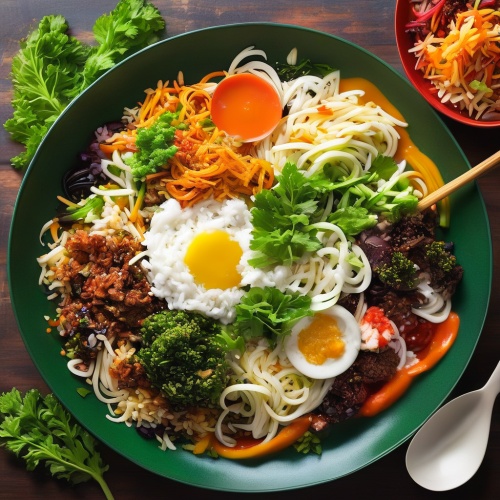 Bibimbap is another wildly renowned Korean dish which translates directly to 'mixed rice'. It's typically served as a bowl of warm, steamed white rice, topped with sautéed vegetables, sliced meat (often beef or chicken), a fried egg, and chilled gochujang (red pepper paste) sauce that's stirred into the dish just before eating. This versatile meal can be enjoyed with an array of side dishes, making it both hearty and customizable.
Bibimbap is another wildly renowned Korean dish which translates directly to 'mixed rice'. It's typically served as a bowl of warm, steamed white rice, topped with sautéed vegetables, sliced meat (often beef or chicken), a fried egg, and chilled gochujang (red pepper paste) sauce that's stirred into the dish just before eating. This versatile meal can be enjoyed with an array of side dishes, making it both hearty and customizable. 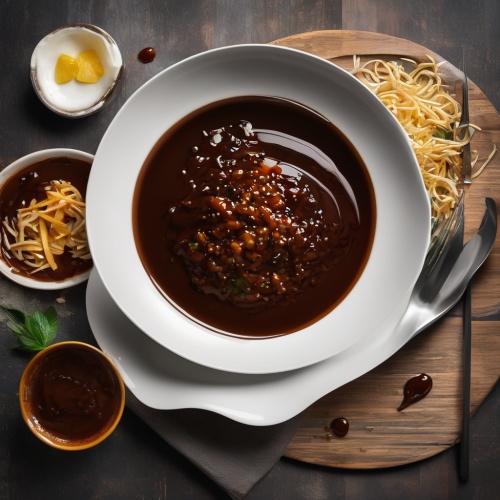 Jajangmyeon is a delightful noodle dish starring chewy somen noodles drenched in a savory black bean sauce, typically garnished with julienned cucumber, crispy seaweed, and sesame seeds. While it often features seafood like squid, octopus, or shrimp, there are also vegetarian versions available. This hearty meal is both filling and satisfying, reflecting its Chinese origin while embracing a uniquely Korean twist.
Jajangmyeon is a delightful noodle dish starring chewy somen noodles drenched in a savory black bean sauce, typically garnished with julienned cucumber, crispy seaweed, and sesame seeds. While it often features seafood like squid, octopus, or shrimp, there are also vegetarian versions available. This hearty meal is both filling and satisfying, reflecting its Chinese origin while embracing a uniquely Korean twist. 

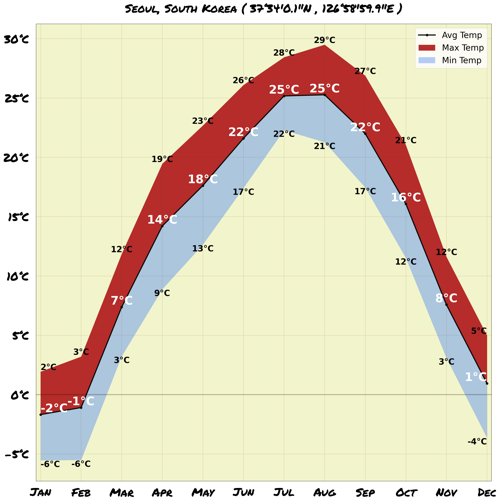
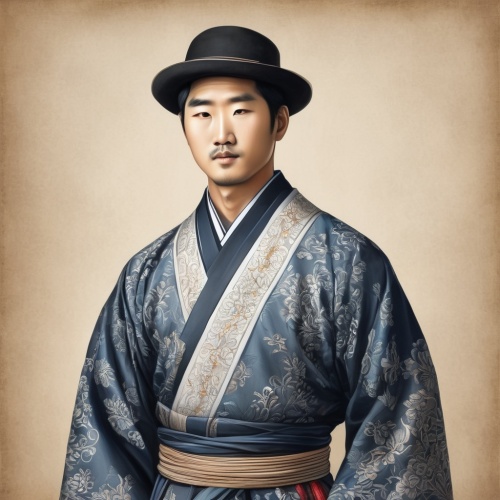
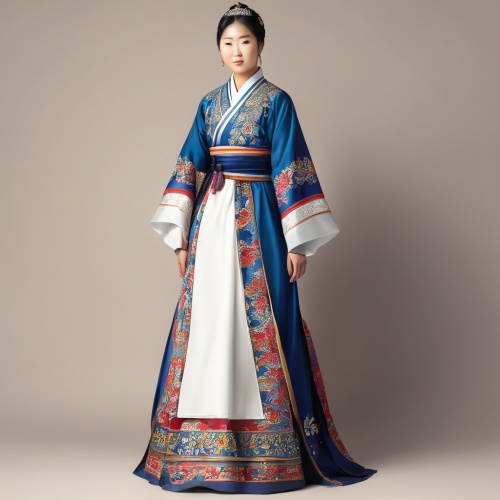
Comments
NO COMMENTS